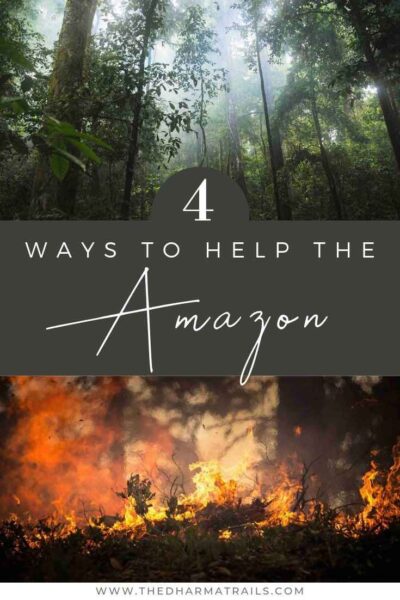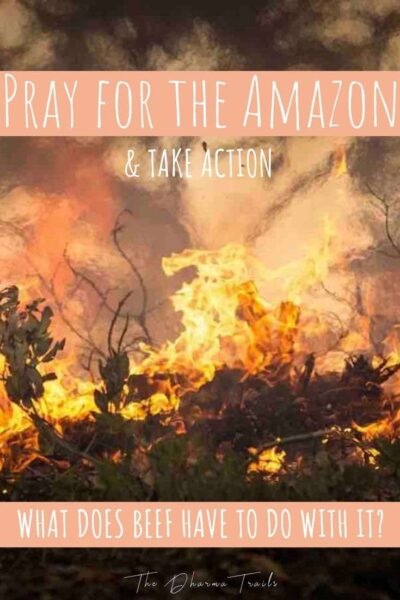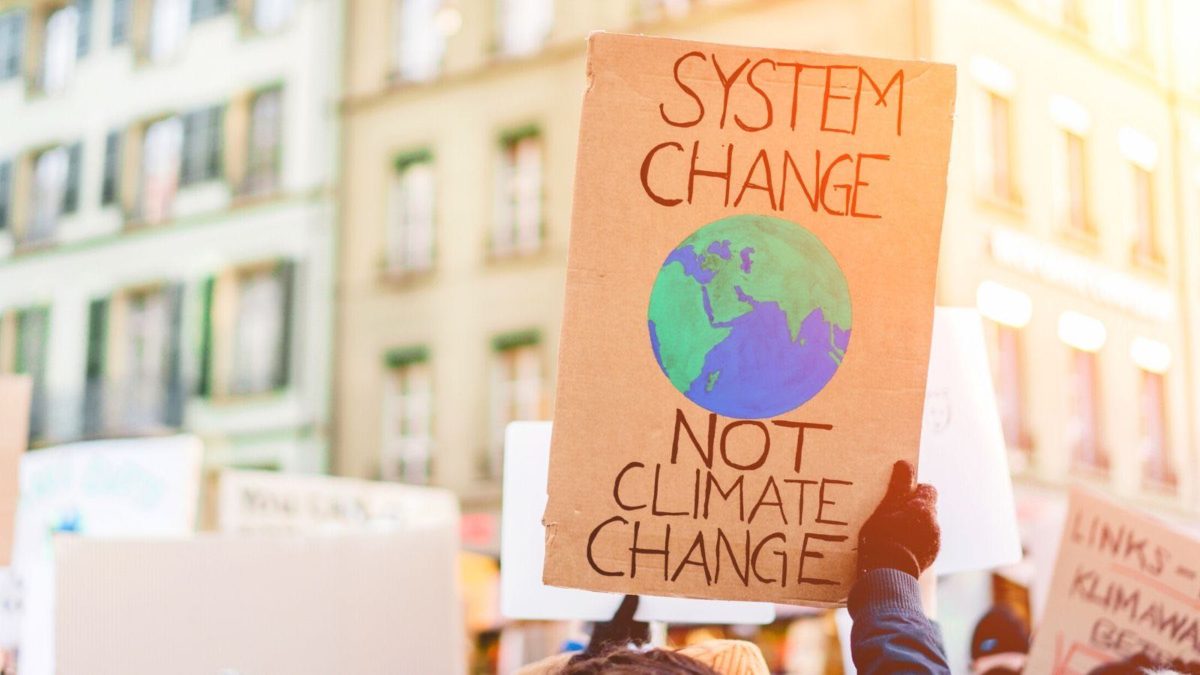The Amazon’s most recent fire is blanketing Brazil (and surrounding countries) in a could of troubling doubt. Is this the end of the world’s lungs as we know them? Maybe. But the fires themselves are nothing new. Mass burning in the world’s largest rainforest has been happening since the ’70s. So, what is different about this year? And is there anything we can do besides “pray for the Amazon”?
Table of Contents
Is this the biggest fire so far?
There has been a lot of emphasis on this (2019) fire being significantly worse than last year (which it is). However, it is comparable in size to the 2016 fires. Yes, there are fires every year.
In fact, there are a staggering number of fires each year. The table below shows the number of annual fires since 2013.
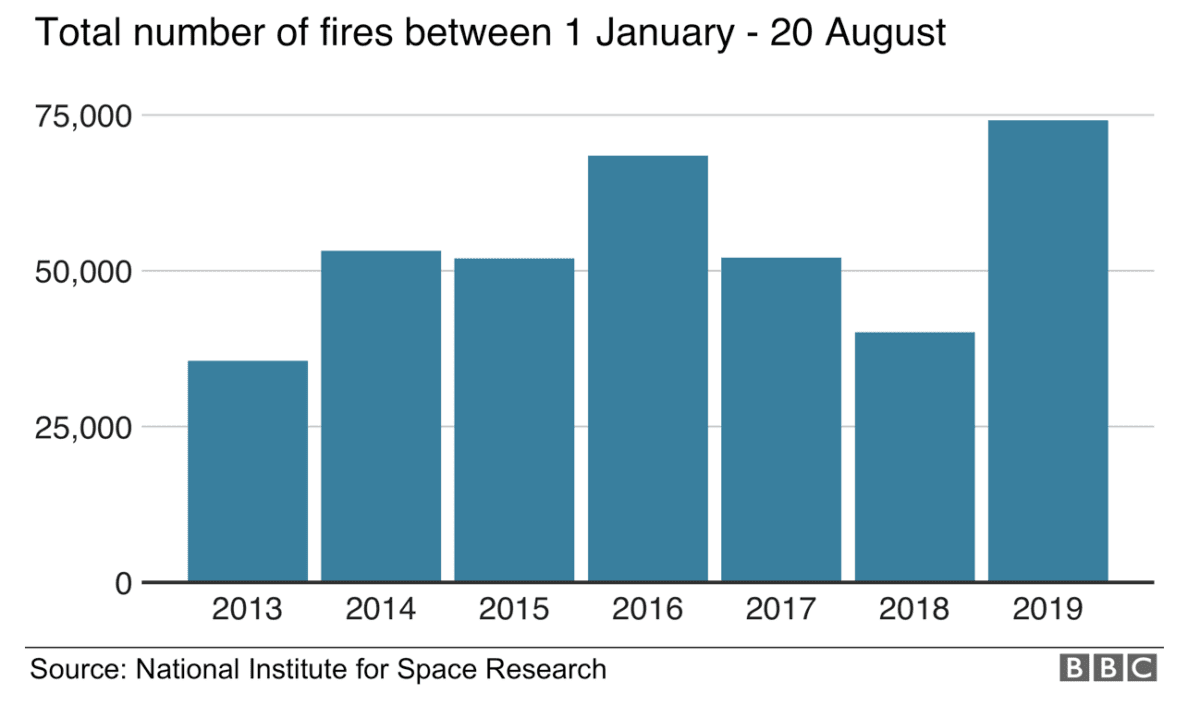
Why is this years fire worse?
- August is the dry season in Brazil and is more favourable for farmers implementing slash and burn clearing. Dry forests burn faster and with less fuel, so it is more economical to clear during the drier months.
- Higher than average deforestation rates mean larger areas area being clearned/burnt (rates have been on the rise over the last 6 years). Environmentalists say that the new President, Jair Bolsonaro has been favouring development over conservation.
- Unfavourbale wind conditions are blowing smoke over densly populated areas, creating a more noticable effects.
Why are there so many fires in the Amazon?
The Amazon has been ‘under attack’ for decades. And while the recent fires may seem “out of control”, only 15 years ago the rate of deforestation was actually three times worse.
The image below shows the amount of deforestation (square kilometer per year – Brazilian National Institute of Space Research (INPE))

Cattle is the biggest driver of Amazon deforestation.
It’s estimated that 80% of the Amazon deforestation is due to cattle farming. But this is nothing new. Greenpeace stated this in their 2009 report.
Palm Oil in the Amazon?
2015 saw a spike in illegal deforestation. This is thought to be due to the increase in consumer demand for products with palm oil.
Could this be is a response to global protests against Indonesia’s palm oil plantations in 2014?
The plan to cut deforestation in half
Why was there such a drastic drop in deforestation rates in 2009?
It was the introduction of Brazil’s Climate Change Plan in 2008. This was the first time that the Brazilian government had set specific goals for deforestation reduction.
The goal?
To step down the deforestation rate to 5,000 sq km by 2017.
So, how did they go?
Between 2009 and 2014 they actually achieved their goal. However, since 2014 deforestation rates have been on the rise again.
Financial support is required to prevent illegal logging & deforestataion
Farmers and landowners are susceptible to offers. And, not all of them are by the book.
“Without offering economic alternatives to logging it would be impossible to effectively combat illegal logging”
Roberto Mangabeira Unger, Brazil’s minister for strategic affairs and the coordinator of its Amazon development plan
But who’s going to pay for such a thing? To subsidize Brazilian farmers and landowners?
Norway’s government became the first to contribute to the protection fund, pledging $1billion.
Recent political disruptions have caused funding to stop
A week before the recent, publicized fires, Norway & Germany stated that they would stop funding the Amazon development plan.
“What Brazil has shown is that it no longer wants to stop deforestation.” –
Ola Elvestuen, Norwegian Environment Minister
President Bolsanaro has responded in a rather non-political manner.
“Isn’t Norway that country that kills whales up there in the north pole?” “Take that money and help Angela Merkel (German Politician) reforest Germany.”
Brazilian President, President Bolsanaro
Brazilian President suggesting the go-ahead?
On August 10th farmers in the Amazon declared a “fire day” and coordinated a massive burnoff of trees to clear land for crops.
According to the Folha de São Paulo newspaper, they felt encouraged to take this action because the president had signaled his willingness to open up previously protected land.
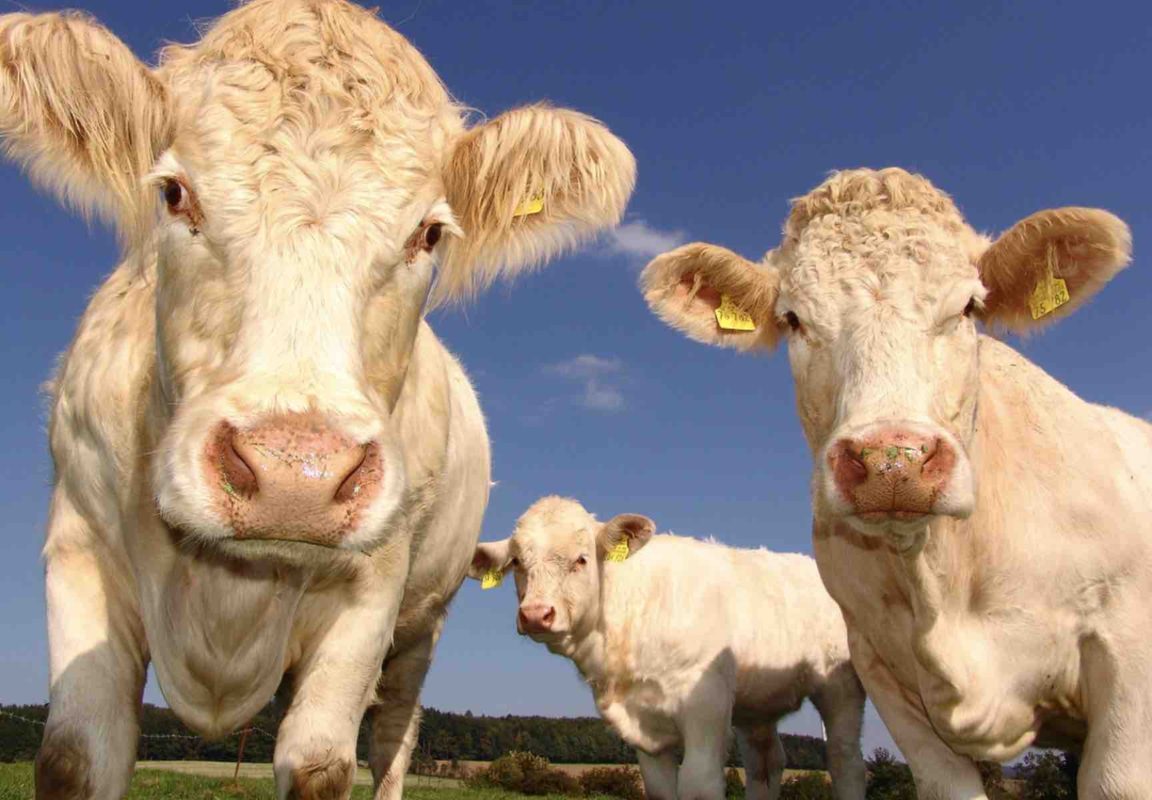
How Does Beef Fit In?
Amazon deforestation is heavily impacted by the cattle industry. Greenpeace suggested that (80%) of deforestation is a direct result of clearing for cattle farming.
And as the global demand for beef increases, how can we keep up?
First, let’s look at who is producing the most beef?
These are the current levels of beef production for the top 5 countries around the world:
- USA = 12.1M tonne/year
- Brazil = 9.5M tonne/year
- EU = 7.8M tonne/year
- China = 7.0M tonne/year
- India = 4.3M tonne/year
Who is buying beef from the Amazon?
Beef is big business. Brazilian beef export alone generated over US$6.2Billion in 2018 (1.64M tonnes of beef). This was up 11% from the previous year.
The biggest importers of Brazilian beef in 2018 (by volume):
- Hong Kong (24%)
- China (22%)
- European Union
- UAE
Can Brazil eat that much beef a year?
Producing 9.5M tonne/year and exporting 1.6M tonne/year means that Brazil itself consumed 7.8M tonne in a year (not accounting for wastage).
There are 212 Million people in Brazil. Assume half of them eat beef.
That equates to approx. 36kg of beef per year/per person. Is that possible?
According to the UN, it is possible. Brazil’s average, annual, total meat consumption is around 100kg per person.
But is that a “normal” amount of beef?
It wasn’t always that way. However, Brazil and China have seen a significant increase in meat consumption since the ’90s (around the same time Amazon deforestation was at its peak). The table below shows the raip growth in beef consumption of these two nations at fairly equal rates, while the other major consumers have stayed the same.

Why was there such an increase in meat intake since the 90’s?
It is recorded that the traditional people of Brazil were meat-eaters (hunters). Though it was the Portuguese that brought cattle and other grazing animals onto the scene.
There’s not much mention of beef in Brazil until the phrase Brazilian BBQ comes into play.
The “traditional” Brazilian beef barbecue increased in popularity during the ’60s and is said to have started by accident. It began with a waiter taking the wrong meat order to a customer’s table. To make up for the mistake, the restaurant owner brought all of the meat types to the table as an offer of forgiveness.
This kind of meat offering (buffet style) at the table quickly became the norm.
We also know that buffets are synonymous with high levels of food waste, which might be adding to the significant total meat volume consumed annually.
Beef connected to social development & wealth
Beef was very tied to the ideals of wealth and the appearance of the development.
Is it possible that the introduction of the internet in the ’90s had an influence on Brazil’s beef intake? Western pop culture seemed to idealize hamburgers and steak. North American culture really dominated the internet and TV throughout the ’90s.
Beef tourism?
It’s not just Brazilians eating the beef in Brazil. Around 6.6M tourists visit Brazil annually.
How many tourists indulge in beef-heavy meals when visiting?
When looking up things to do/eat in Brazil, often the number 1 choice is Brazilian BBQ (BBC Good Food – Top 10 Foods to Try in Brazil). It has become part of the tourist culture.
Overall, there is a whole lot of beef being consumed. Is that a bad thing? Not if you like beef.
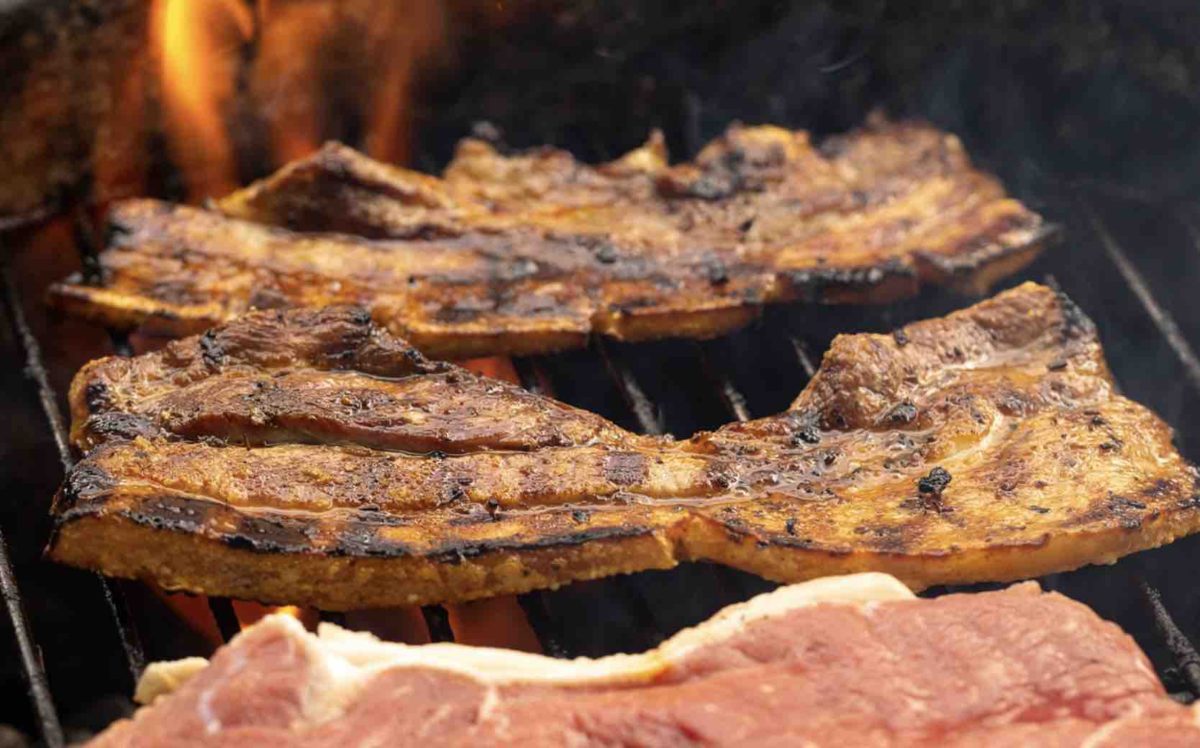
Why So Little Coverage of the Amazon Fires over the Years?
There has been actually been a lot of coverage over the years. But, it is typically not mainstream.
There are several groups that have been working tirelessly over the decades to protect the Amazon rainforest. And they have had several significant wins.
These groups include:
- Rainforest Alliance
- Rainforest Foundation
- Rainforest Action Network
- Rainforest Rescue
- Rainforest Trust
Recent wins
While the current scenes are looking dire, there has been a positive impact from these groups over the years:
- Through donations The Rainforest Trust has secured 23 Million acres of rainforest land
- The Waorani people of Pastaza (indigenous tribe from the Ecuadorian Amazon) recently won a legal battle against a large Oil company and have saved millions of acres of rainforest
- The Rainforest alliance has brought 18 million acres (7.3 million hectares) of the Amazon jungle under sustainable management.
Why do we hear more about Palm Oil?
While there have been quiet battles taking place in the Amazon for years, it has not received nearly as much mainstream overage as the rainforests in Borneo. The home of the Palm Oil industry.
Palm oil has a mascot. A cute, fur baby mascot, the Orangutan.
While people around the world should be in shock and horror at the sight of the Amazon burning, it still hasn’t had the same impact as the disheveled Orangutan.
Even with the scenes of Amazonian indigenous people struggling to protect their homeland; the Orangutan (and palm oil) gets more attention.
Even though the deforestation rate of palm oil is 1/10th of the cattle industry. Palm oil gets more media coverage.
Maybe humans are desensitized to other (foreign) humans in a struggle? We see scenes of people in struggle every day on the news (in the Middle East especially).
But the rainforest should be different? Shouldn’t it? We’ve even tried to coin the term “our planet’s lungs”. But we are too desensitized by lung cancer statistics to care about lungs. One in 16 people (in the USA) gets lung cancer. It’s just, too common.
Orangutans on the other hand.
They are relatable because they look so humanlike, however, are different enough that we don’t expect anything from them. We feel for them like we do about babies. Responsible for their happiness (and sadness). So, maybe if the Amazon had Orangutans we would care more about it?
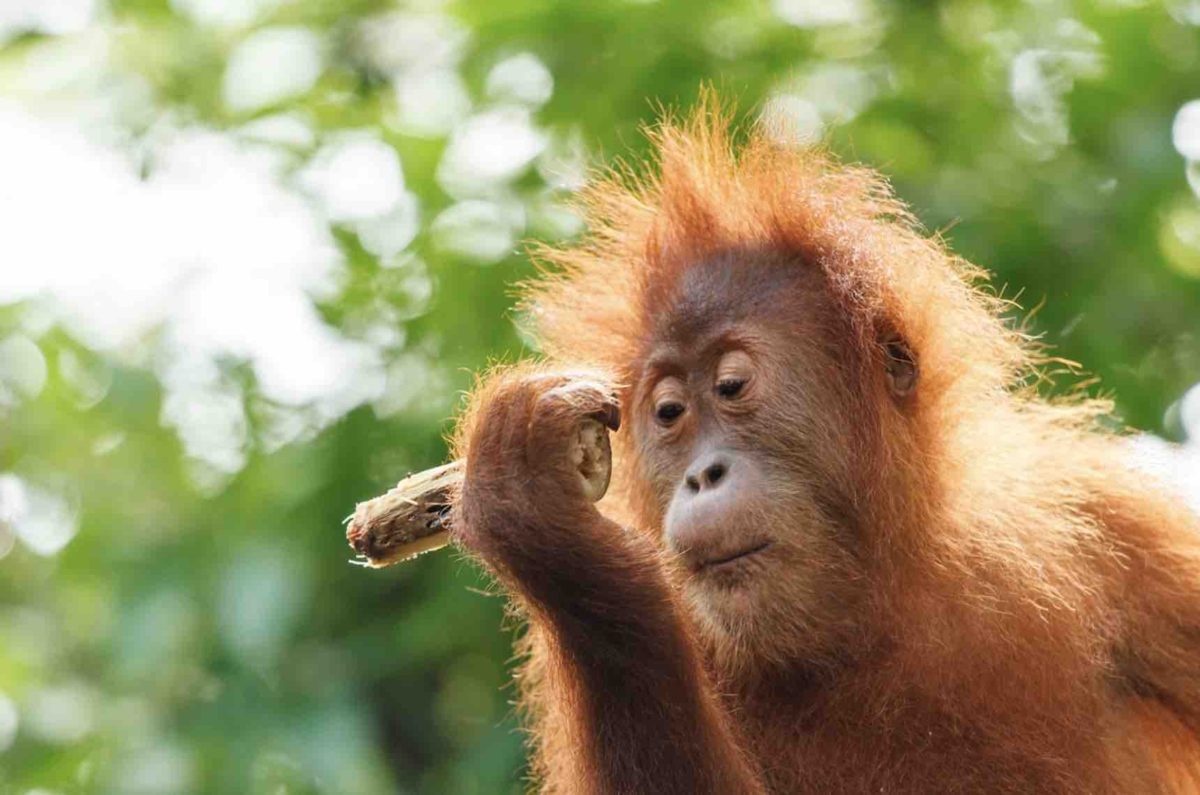
What happens next?
In summary:
- Deforestation in the Amazon is on the rise again
- The levels of acceptable deforestation set by Brazil’s Climate Change Plan have been broken
- International funding assistance will not continue to support the Amazon Development Plan
- Most of the deforestation is due to the beef industry
- Most of the Amazonian beef is being consumed in Brasil
The Logical Solution
Brazil needs to stop producing and consuming beef.
The focus is on Brazil as it accounts for the biggest proportion of the Amazon rainforest.
However, is it that simple?
It’s a Complicated Global Issue
Of course, it’s not that simple. With our booming population, there is a demand for all resources. And, space is becoming less and less available.
It’s a huge problem that we cannot change overnight.
Social norms need to change with the times
We cannot blame Brazil (or Brazilians) for the fires in the Amazon. It is our global society that is driving this unsustainable lifestyle.
Change needs to come from within our modern, pop culture.
While fast food and burger joints provided us with an entertaining, cheap meal revolution. We simply can’t go on consuming it at the current rate.
It’s more complicated also because some countries do have the space for beef. Like the USA for instance. Their beef production is having far less impact than Brazil’s on the local environment. But does that mean they can eat beef while the rest of the world watches?
Global resource sharing
Is that how we want to play this game? “We have space so we can eat beef, you don’t, so you can’t”.
Perhaps the counterargument to that is:
“The Amazon rainforest provides 20% of the air people breathe. So if we can’t eat beef, then you can pay us a tax for that air you’re breathing”.
It’s a slippery slope.
We need to start combining our resources globally if we want to have any chance of making it into the future.
Maybe, if other countries that can produce meat, eat much less, they can share with Brazil in exchange for maintaining our air supply?
It’s all food for thought.
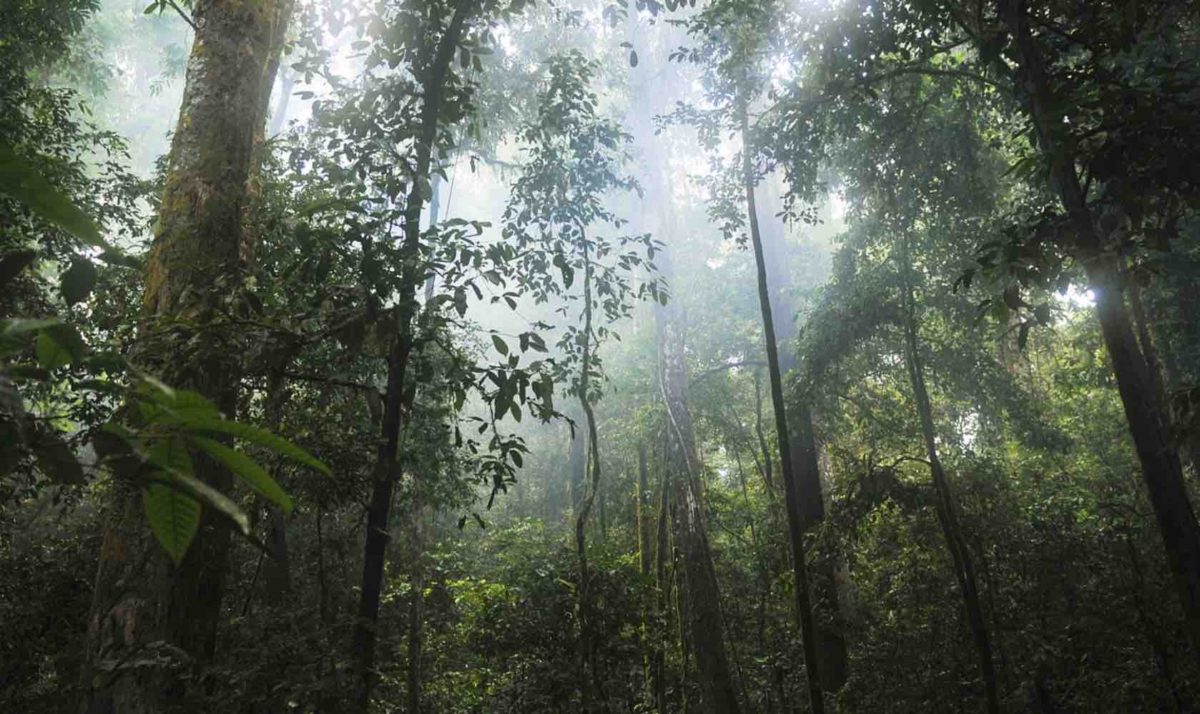
How To Help The Amazon, Now
We can all pray for the Amazon, but physical activity is required.
1. Help put out the fires
The first task is to put out the fires. This can be done by:
- Sign petitions
- Stop the Amazon fires (change.org)
- Stop the burning (change.org)
- Donate
- Amazon emergency appeal (WWF)
- Protect and Acre of Amazon (Rainforest Action Network)
2. Learn more about global meat facts
This interactive, graphical page has the global trends in meat production and consumption to get a real sense of what’s going on.
3. Break the beef cycle
Even though you may come from a part of the world where beef is the cultural norm. Help break that culture cycle.
We all have to live here. We all have to breathe. We all need rainforests.
REDUCE YOUR BEEF INTAKE ASAP.
4. Share your voice & information
Get the word out there. Social media is an incredible tool that gives power to the people.
Share this and whatever else you find!
Pray for the Amazon & Take Action for the World.
Like This Article? Pin it!
